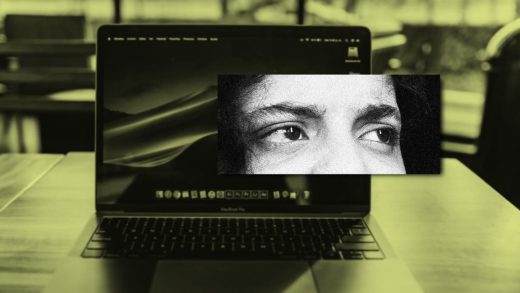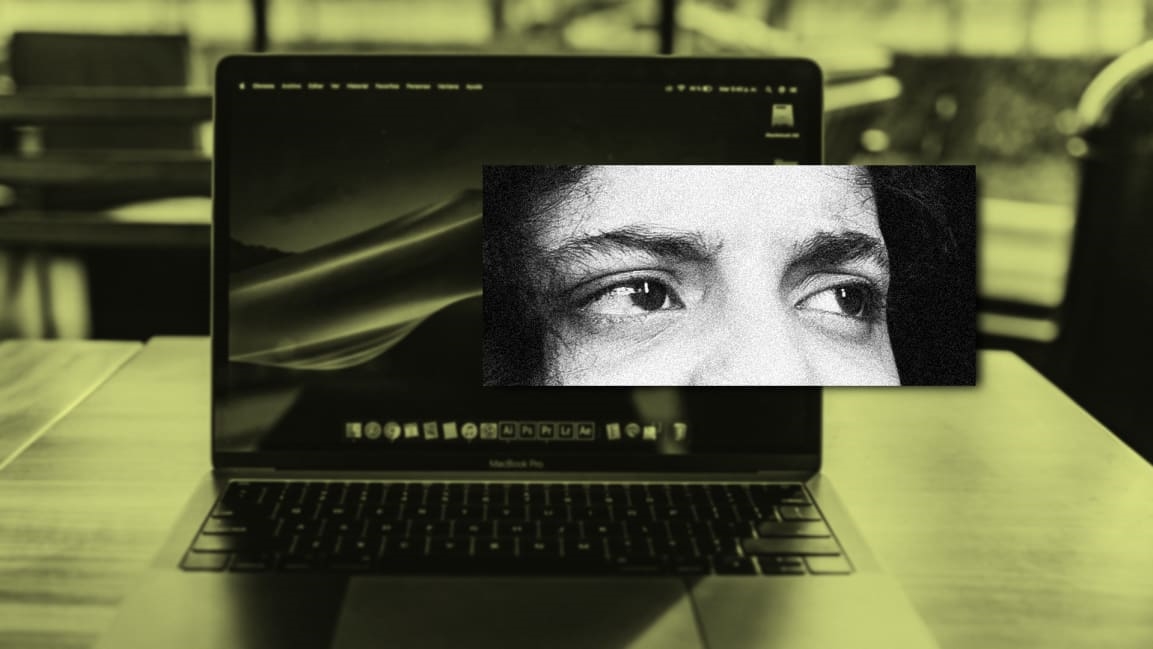Reading the virtual room: 3 ways to decode body language over Zoom
Learning to read others’ nonverbal communication or body language can boost communications. Still, developing the ability to read people’s thoughts, feelings, and reactions at any given moment requires a capacity for decoding particular expressions.
Many people miss out on the signals transmitted through nonverbal communication. They’re often too busy thinking about what to say next, and so neglect to focus on the messages conveyed by the gestures of their audiences. In doing so, they miss important information that would help in their communication—such as, recognizing signs of confusion, frustration, disagreement, or even deception. Missing out on these valuable signals reduces their chances of success, as they can’t respond to signals they failed to notice.
The virtual environment makes it even harder to recognize crucial signals from others. Often the body language clues are harder to notice when conveyed on screen. By knowing what expressions and gestures to look for, it can become easier to recognize and respond to nonverbal communication.
Here are a few important expressions to look for when decoding body language in virtual communications:
Observe clues to detect comprehension
When explaining something, watch for nonverbal signs of comprehension. If people “get” what you’re saying, they’ll normally begin nodding as a signal that they understand. Alternatively, watch others’ faces to recognize signs of confusion. If they don’t understand, people often will look off to the side, crinkle their nose, or furrow their brow as they try to work things out in their mind.
During any moments in your communication in which you provide a new concept, pay close attention to people’s body language. You should see positive signals that they comprehend. If not, stop and ask if your information requires more explanation.
Additionally, you can directly ask, “Does this make sense to everyone?” As you ask this, make sure you see signs of agreement. People may not understand, but don’t want to actually say so publicly, and so will likely maintain a neutral expression. Noticing this, you can follow up with something like, “I didn’t understand this the first time it was explained to me, so don’t feel bad if you need me to go over it again.”
Recognize when somebody else wants to speak
When we were children, we were taught to raise our hands when we wanted to speak in class. Adults still indicate that they have something to say—but much more subtly. If someone wants to ask a question while you’re talking, it’s best to stop and invite them to talk before they proceed to interrupt. They’ll appreciate that they were able to ask their question, or provide their comment, in a timely manner.
People use a range of gestures when they want to ask a question. Some may hold their breath. Take note if their shoulders raise unnaturally high and they inhale sharply. Furrowing their eyebrows further indicates their need to interject. Or, worried about no one noticing their symbolic “hand raise,” they’ll often disguise it as something else. They may adjust their glasses or brush their hair away from their face, or scratch an area of their face that doesn’t need scratching. What they’re really trying to do is attract your attention without literally raising their hand like in a classroom.
Check for commitment
Often, as a result of your virtual meeting, you need people to commit to a course of action. For this reason, you need to be able to spot body language that reveals a lack of commitment. Watch for “truth slips.” This is when people say “yes,” while their body language contradicts it. Truth slips are evident when their heads nod or shake in a motion opposite of their words.
President Richard Nixon famously exhibited this behavior when he stated on television, “I’m not a crook,” while shaking his head to indicate “yes.”
If you observe a truth slip, get a public commitment. With others on the virtual call, ask: “Bob, are you confident you can get me that report by Friday?” Bob’s initial “no” head shake when he was first saying “yes” is less likely to be repeated with others bearing witness to his guarantee.
Decoding body language not only improves your chances of understanding others, but also helps you become a more confident, charismatic, and credible communicator.
Martin Brooks is an author, communication coach, and an expert in reading body language. His new product, “Body Language Decoder,” includes 50 illustrated cards that reveal what others are really thinking.
Fast Company , Read Full Story
(22)



